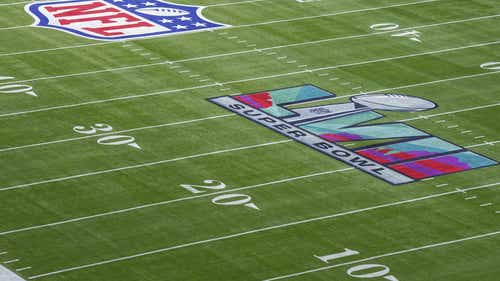
NFL teams going high-tech in practice with GPS systems
ST. JOSEPH, Mo. (AP) The pod situated between Alex Smith's shoulder blades is about the size of a deck of cards, so small that the Chiefs quarterback barely notices it when he slips off his pads.
The information it provides during practices could be worth millions.
In other words, far more than its weight in gold.
The little black device is the brains of the StatSports system, which combined with a heart rate monitor gives the Chiefs the ability to track everything Smith does during every minute he's on the field. How much he runs, how much of that is sprinting, even the force of impact if one of his teammates forgets he's wearing a yellow jersey and lays a hit on him.
''It's kind of crazy,'' Smith said, ''everything that it can do.''
In a league with few secrets, and seemingly fewer ways to get a leg up on the competition, the Chiefs are among a trio of teams - the Panthers and Bengals are the others - giving the high-tech system a chance. The idea is that by practicing smarter, and recovering better, they will give their players the best chance to succeed in games.
In turn, that could push teams to the right side of the thin line that separates winning and losing - whether a team makes the playoffs or begins preparing for the draft.
''It's a good tool, a good piece of the puzzle,'' said Chiefs trainer Barry Rubin, who along with his assistant, Brent Salazar, has outfitted about 30 players with the tracking device.
''It's nothing magical,'' he said, ''but we hope it gives us an advantage.''
The company itself is Irish, with roots in an entirely different version of football. The GPS-based system was designed in part for soccer clubs, where tracking how much players run over the course of a practice or game can allow coaches to maximize their workouts.
Did they exert more energy than usual? Dial back the intensity the next day, giving them a chance to recover. Did they loaf a bit? Crank up the intensity.
''We have a lot of Premier League clubs using the system, from Manchester United to Arsenal,'' said Richard Moffett, the director of the company's U.S. operations. ''In fact, both clubs in the Champions League final, Barcelona and Juventus, are using our system.''
It was only natural, Moffett said, that the company would expand to other sports. Rugby clubs soon came onboard, and the system was adapted for use in basketball, with the Washington Wizards, Chicago Bulls and New York Knicks among NBA teams giving it a shot.
More recently, StatSports made its move into the NFL.
''We had 60 units last year, so we had it during the season, but this year we upped it to 90 so we have everybody in camp,'' said Brett Nenaber, the Panthers' athletic performance analyst. ''We're starting to get more confident in the things that we are learning from it, and it's another way to help take care of these guys.''
So exactly what information can the system provide? Among other things:
- Total distance, though that number can be somewhat misleading. Players jogging onto the field and off is not as useful as the distance covered during live action.
- High-speed running, or how much ground is covered when a player is running flat out, a more accurate barometer of effort than total distance.
- Speeds achieved, such as the maximum a wide receiver runs in yards per second.
- Accelerations and decelerations, including peak rates, duration and distance covered.
- Heart rate, including max, average and the time a player spends at threshold.
- Step balance, which determines how much force a player applies to each foot, and can be used to determine whether a player is dealing with an injury.
- Dynamic stress load, the total force of weighted impacts that a player experiences during a practice, a more useful metric than running for offensive and defensive linemen.
''The system is totally scalable, and it can be as simple or as complicated as you need,'' Moffett explained. ''The training staff might want every bit of information, but Andy Reid might be overwhelmed by that. He might want a more simplified report.''
Indeed, the Chiefs coach has quickly become enamored of the system.
''He wants to know what's going on,'' Rubin said. ''If there needs to be a change to practice, he'll change. We haven't had to do that much, but it is helpful to have the data available.''
Depending on the version of the system, the GPS unit is accurate to about 20 centimeters. And the computer software used to analyze all of the data is constantly being tweaked, especially as StatSports begins to better understand the needs of NFL teams.
''This year we have it a lot more dialed in,'' Nenaber said. ''We're learning as we go. They come twice a year and sit down with me. The technology is always changing as well. Sometimes it will have a new system to upload where we can do new stuff. They might have a new unit coming out, so it's something that keeps progressing, and we are learning more and more from it.''
---
AP Sports Writer Steve Reed in Spartanburg, South Carolina, contributed to this report.
---
AP NFL website: www.pro32.ap.org and www.twitter.com/AP-NFL









